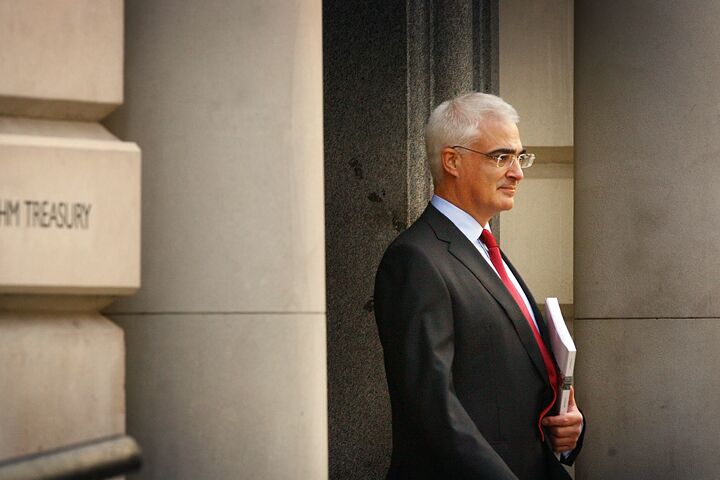
Britain Adopts Dangerous New Economic Policy
The Bank of England plans to create ₤75 billion (us$106 billion) out of thin air. The bank announced on Thursday that it will cut interest rates to 0.5 percent and buy ₤75 billion of government and corporate debt using newly created money. Chancellor of the Exchequer Alistair Darling has authorized the Bank of England to create up to ₤150 billion.
The Bank of England is moving into uncharted territory. This technique of creating money, known as quantitative easing, was implemented from 2001 to 2006 in Japan under different circumstances.
Seventy-five billion pounds is about 5.4 percent of Britain’s gross domestic product—a proportionately greater amount than even the U.S. Federal Reserve’s 4.7 percent of gdp that it has pumped into the American system.
George Osborne, the shadow chancellor, called the move “a leap in the dark.”
“It’s effectively printing money,” he said, “but because all the other government policies haven’t worked. I don’t think the Bank of England was left with any other options.”
Many fear that quantitative easing could be putting Britain on a very dangerous road. After all, it was printing money that caused the hyperinflation of Weimar Germany and modern Zimbabwe.
Quantitative easing doesn’t address the cause of the crisis. One of the major reasons Britain is where it is today is because of reckless borrowing. Creating money from nothing doesn’t solve that problem. It may provide a temporary respite, but it cannot possibly provide a lasting solution.
America of course faces a similar situation. Economists regard the Fed’s credit-boosting schemes as a form of quantitative easing.
The use of quantitative easing shows how desperate Britain is becoming. “Quantitative easing is the last-chance saloon for the Bank of England,” said Global Forex Trading market strategist David Morrison.
For more on Britain’s current financial situation, see our article “Britain Busts Its Economy—Using Fancy Language.”
